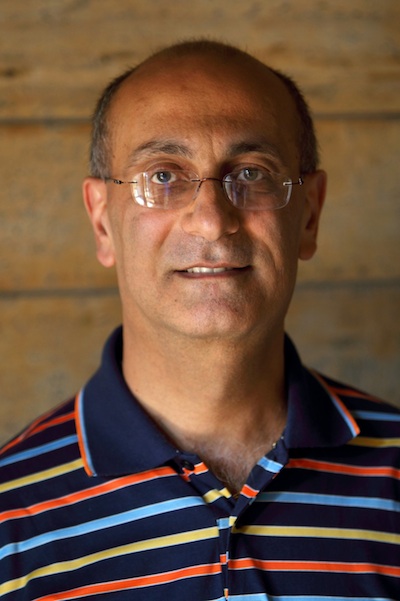Is Facebook "Addiction" Neurally Similar to Substance and Gambling Addictions?
That is the topic of this guest lecture by Antoine Bechara, world renowned Professor of Psychology and Neuroscience at the University of Southern California.
Info about event
Time
Location
Aarhus University, Tåsingegade, building 1441- room 012 (auditorium 1)
Organizer

Antoine Bechara is a Professor of Psychology and Neuroscience at the University of Southern California. His research marks three key accomplishments that resulted in a significant influence on the field.
The Iowa Gambling Task
The first is his development of what became known as the Iowa Gambling Task (IGT). This work began in Iowa with Antonio R. and Hanna Damasio using the brain lesion method to study the decision-making capabilities of patients who have suffered injury to the ventromedial sector of their prefrontal cortex. At the time, the decision-making deficit seen in these patients presented a puzzling defect because their impairment was so obvious in their real life, but there was no clinical test that detects and measure this decision-making impairment. Many of these challenges were overcome after his development of the IGT.His work has certainly drawn attention to the potential value in studying the neural basis of decision-making, and in bringing this question to the laboratory through the use of structured decision-making tasks involving choices that mimic real-life situations, in the way they factor uncertainty, reward, and punishment.
Decision-making
The second is his application of the work on decision-making from neurological patients to understanding the mechanisms of decision-making in certain psychiatric disorders, namely addiction. He was among the first who argued that addiction is also a disorder of impaired decision-making (impaired prefrontal cortex), and not just a disorder of abnormal mesolimbic dopamine, as it was the predominant view at the time (e.g., see Bechara, Nature Neuroscience, 2005).
Smoking Addiction
The third is his finding that the insula is critical for smoking addiction (and potentially other substances of abuse). This finding brought to light the potential role of a new neural region, which was completely ignored in the past, in the psychopathology of addiction (e.g., see Naqvi et al., Science, 2007). Thus his research helped lead the way of integrating decision neuroscience with research in two key areas: one is mental health, and this includes substance addiction, but it also extends to several other psychopathologies such as bipolar and impulse control disorders (e.g., see Yechiam et al., Psychological Science, 2005); the other is the social sciences where his work helped contribute to the strengthening of the integration between the fields of psychology, neuroscience, and social sciences, including economics, marketing, and consumer behavior. Indeed some of these areas in the social sciences became very interested in understanding the brain mechanisms that underlie human choice, and why do people choose the way they do in social contexts such as financial investment (e.g., see Shiv et al., Psychological Science, 2005).
